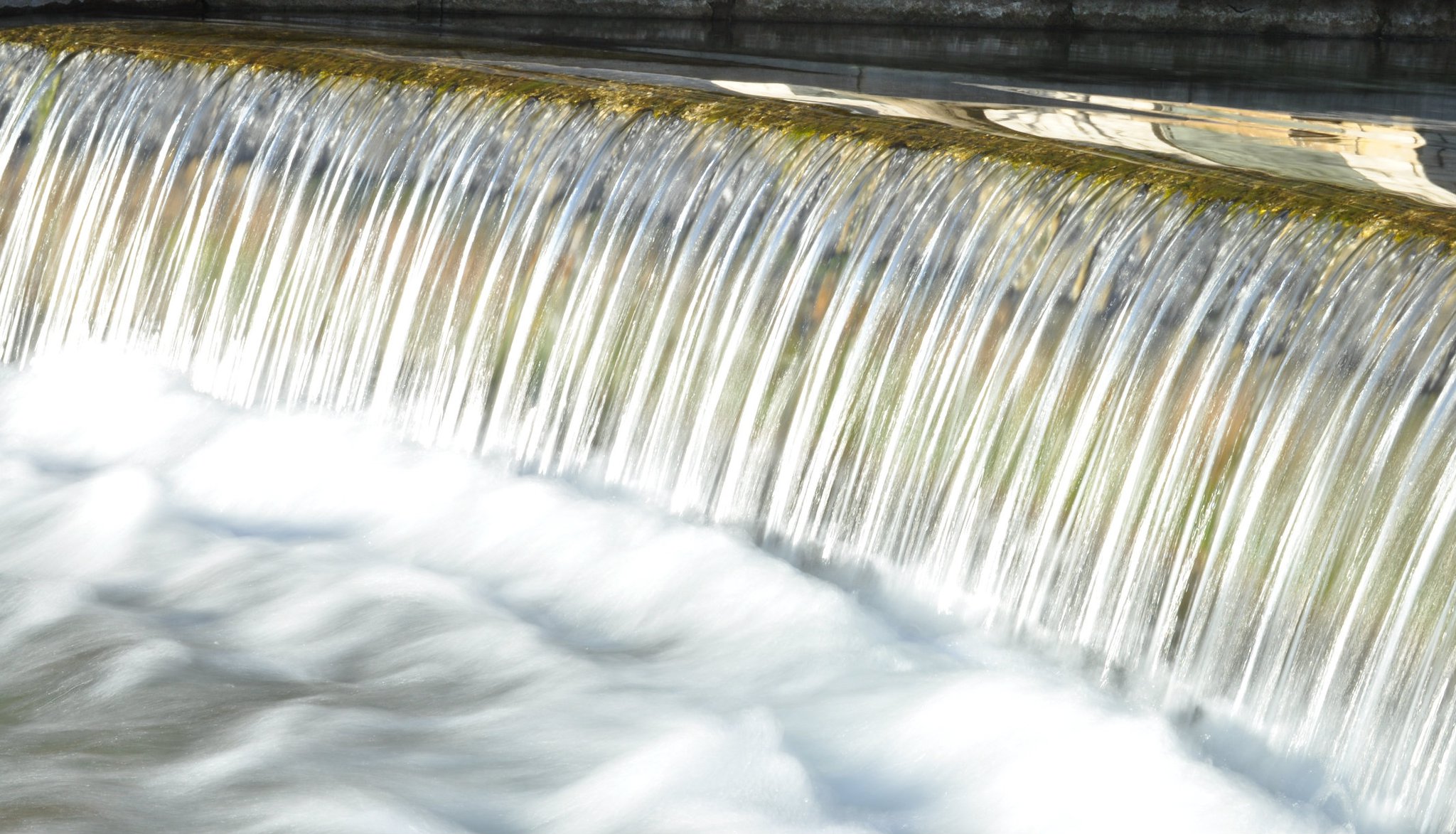My name is Rob, and I remember it like it was yesterday. I was 14, and headed to dinner with the rest of the indoor drumline from Grissom High School. I managed to score a ride with Kevin, our new drum tech. All of us looked up to him - because he had just finished his summer touring with Phantom Regiment, and he was a hard-ass, and he could play, and he was teaching us things we never thought we'd learn.
As it would turn out, he showed me something on that car ride that would change my musical tastes to this very day. He put an album called "Music" into the CD player and immediately skipped to track 5 - entitled 'Unity'. It was hard, and loud, and aggressive, and had some metric modulation like I'd never heard before. Transitioning to the chorus, the feel changes from duple to triple while the 1/8 note stays constant. You'd swear the tempo changes if you're not in the know.
If you're not in the know, that track belongs to a band called 311. Two weeks later, I purchased my first, and their latest, album - the self-titled '311'.
It was safe to say I was hooked. I got my hands all of the albums released up to that point, including two never officially released albums 'Omaha Sessions' and 'Unity'. And since, I've purchased every album they've released.
311 has a bit of a cult following, and you wouldn't be wrong in making the assumption that I'm part of it. There are currently 169 different tracks on my phone that I listen to on a regular basis.
Now, you might see why I was so stoked to score a photo pass to the show that took place last Thursday, assuming you read my article You Get Worked.
When the day of the concert arrived, I emailed my contact to make sure I was to have a photo pass waiting for me at will-call. I received a response saying everything was taken care of.
When I arrived at the venue, and approached the will-call window, there was no pass.
Great.
When I informed the lady behind the counter that the pass was supposed to be left for me by someone from the band, her attitude changed from Yeah, buddy, nice try to Hold on, let me go get someone for you.
Just seconds later, a weathered roadie came out and introduced himself, asking who left the pass for me.
I told him it was Peter Raspler, the press contact, as I was pulling out my phone to show him the series of emails exchanged between the two of us.
He then disappeared, and again, just seconds later, popped back out with a wrist band for me.
Sweet.
Making my way through the crowd filled with avid 311 t-shirt wearing fans to the front the stage, it started to hit me.
I'm here, in a semi-official capacity, to photograph my favorite band of all time. Holy crap. Holy Crap! HOLY CRAP!
There was ample room for me, and the two other photographers, to move about in front of the stage. One photog worked for the venue, the other for The Tennessean. They both looked at me like I'd grown two heads when I told them I was just there for fun. I guess getting ahold of a photo pass for just being a fan isn't all that common after all.
I spent the next 20 minutes chatting with people in the front row, explaining that, yes, I really did just ask for a pass and that's why I'm here. I even gave one guy a camera recommendation.
I wasn't ready, when Nick, Tim, P-Nut, S.A. and Chad finally took to the stage. I just sorta stood there, slack-jawed, still almost in disbelief that I was there.
They opened with 'Jackpot', my head nodding involuntarily within the first few notes. If you pay attention to the chorus, it's entirely too fitting that they chose this track to play first.
What are the chances? The odds must be enhanced. It's a wild card that you threw. Of all the places to end up, it amazes me.
By the time the hi-hats came in, I snapped to it. Time to work!
I was only allowed access to the photo pit for the first three songs. I left the area with 220 images.
After vacating the photo pit, I headed for the handicapped seating area. It was a little elevated portion of the venue that the house photographer told me about.
After dismissing the security guard questioning my presence by pointing at the $5000 piece of equipment hanging around my neck, and looking at her like Of course I'm supposed to be here! What are you? Crazy?, I continued snapping away at every opportunity.
I managed to pair down the 771 shots I took to just over 40, which can be seen here.
It might just be that the folks in the photos are relatively famous, but I feel like this has been my best concert work so far. Evidently, Peter from 311 management agrees because I'll have another pass waiting for me at the show in Atlanta in July.
I can't wait.



